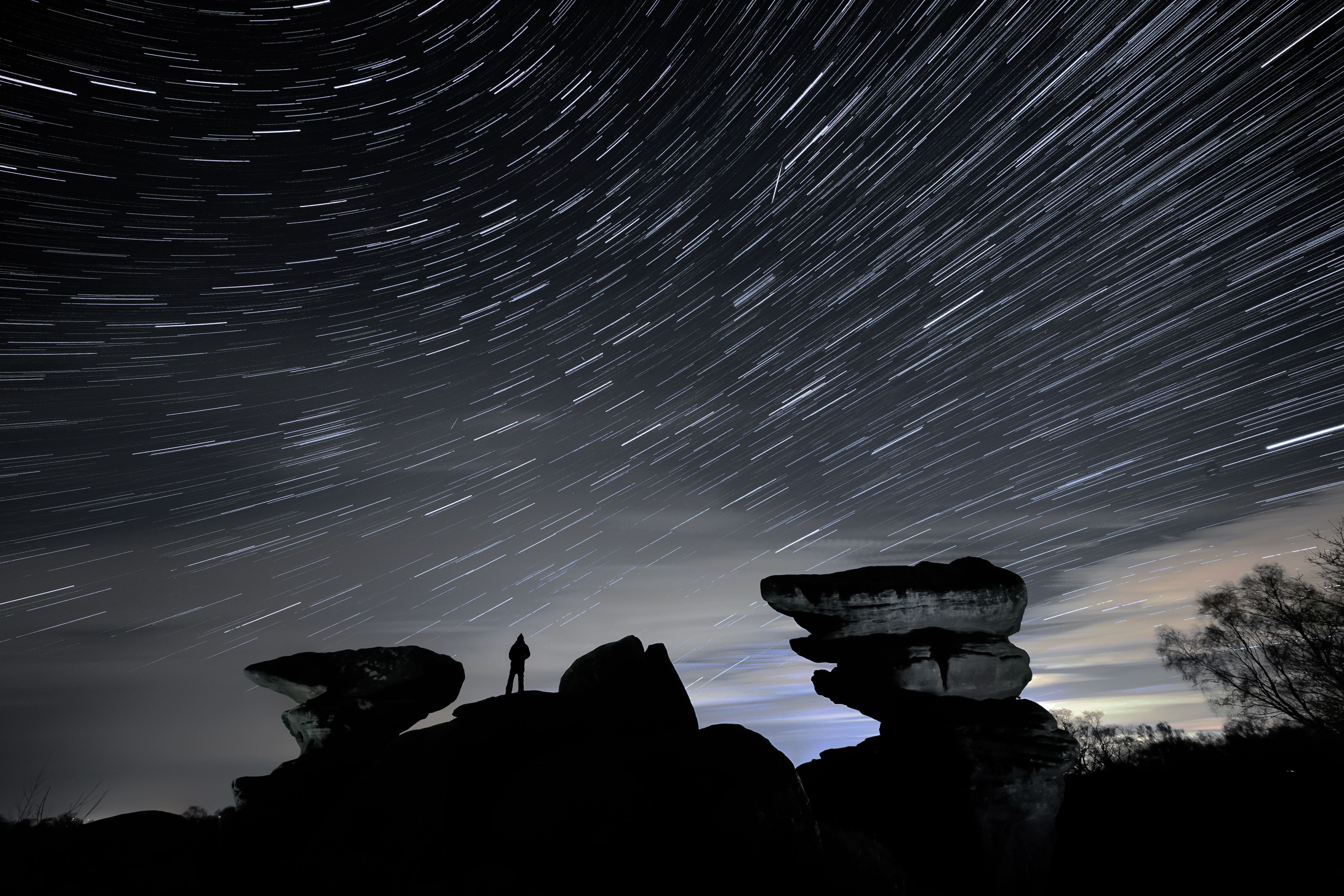First meteor shower of 2023 to light up the night sky
Quadrantids are blue meteors with fine trains that appear to come from the constellation Bootes, near the Big Dipper.

The first meteor shower of the year will delight skygazers as it lights up the night on Tuesday.
The Quadrantid meteor shower is expected to peak on the night of January 3 and with clear skies will be visible until the early morning of January 4.
It is among the strongest and most consistent meteor showers, and could reach a maximum rate of 110 meteors per hour.
Quadrantids are blue meteors with fine trains that appear to come from the constellation Bootes, near the Big Dipper.
Meteors are pieces of debris which enter Earth’s atmosphere at speeds of up to 43 miles per second (70 kilometres per second), vaporising and causing the streaks of light we call meteors.
While the shower is visible to the naked eye when in an area with low light pollution, the peak occurs just before the full moon, so moonlight will cause some interference.
Additionally, unlike other meteor showers that tend to stay at their peak for about two days, the peak period of the Quadrantids is only for a few hours.